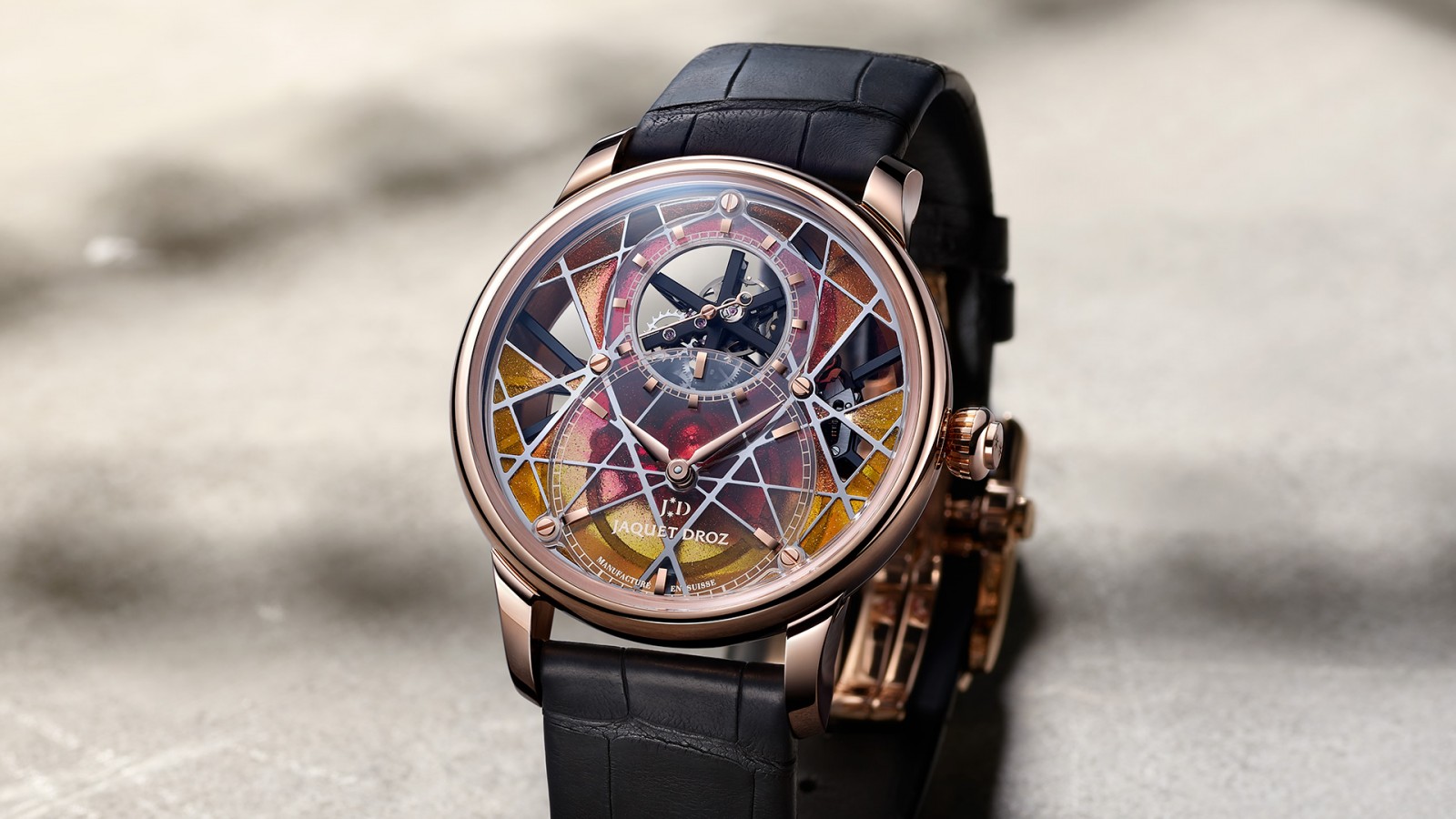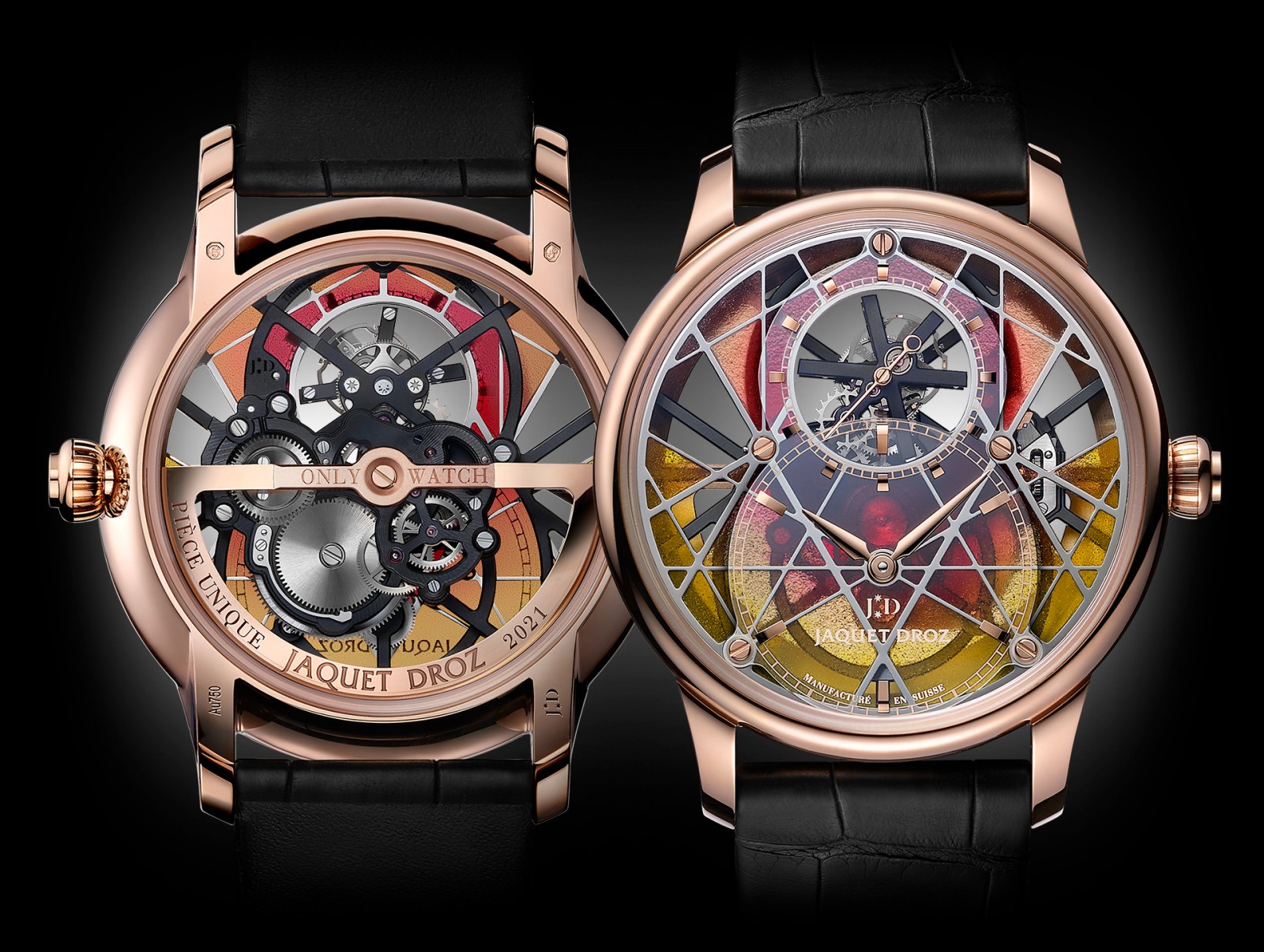Bathroom trends: The bathroom as a living area and feel-good room
Natural materials, subtle colors, and organic forms create an inviting bathroom in which to while away some time.
- The cozily appointed bathroom offers a place of refuge from the hustle and bustle of everyday life
- Natural, high-quality materials such as ceramics and wood define the interior with their pleasant feel
- No-fuss design meets round forms
- Outstanding bathroom design for rooms of any size
- Sustainability: durable, water-saving, and recyclable products
- Design and technical features ensure enhanced hygiene in the bathroom
The bathroom is no longer merely a place for a daily care and health routine. It has become a place of refuge from the hustle and bustle of everyday life where you can feel at ease, unwind, and be at one with yourself. In the same way as the kitchen has converged with the living room, the bathroom is now becoming one with the bedroom. Room boundaries become fluid with the washing area and bathtub located in the center of the bedroom, for instance, with only the toilet being physically separated. Floating spaces work because sanitary objects are now designed and installed like furniture – as decorative standalone features made from natural materials such as ceramics, wood, and natural stone with a look and feel that creates a sense of sanctuary.

The bathroom as a living area
Not only are contemporary bathrooms being designed in an increasingly homely style in terms of their sanitary objects and bathroom furniture, but furnishings, lamps, textiles, and accessories are increasingly finding their way into this corner of the home. Forms and materials combine with calming beige and brown tones to create a cozy ambiance – enhanced with plants that accentuate the space and ensure a pleasant room climate. Inspiration from nature in interior design are hallmarks of Scandinavian design and Japanese aesthetics in particular. The Zencha bathroom collection from Duravit brings these two concepts into harmony. Designer Sebastian Herkner crafted the sanitary objects and bathroom furniture from natural materials such as ceramics, wood, and textured glass. While the modular storage furniture with its delicate edges and shadow gaps exudes a more austere look, the freestanding bathtub gives the impression of a large trough that culminates in a graceful edge with a gentle outward curve. Duravit’s White Tulip bathroom collection features organic forms combined with furniture in natural solid wood surfaces and high-gloss or satin-matt lacquers to create harmony and softness in the interior. Designed by Philippe Starck, the forms of the sanitary objects, faucets, and furniture are reminiscent of the silhouette of a tulip in bloom.

Natural lifestyle
Inspiration from nature is a trend that is here to stay in interior design. As a material, wood has surfaces that are appealing to the touch as well as aesthetic and tactile qualities that make it suited to a natural furnishing style like almost no other material. Wood is also an established feature of the bathroom. In D-Neo, Belgian designer Bertrand Lejoly has created a complete bathroom range that offers no-fuss vanity units and semi-tall cabinets in a range of oak and walnut furniture finishes.

Small and tasteful
Similarly, increasing numbers of manufacturers now offer not only sanitary objects, but also furniture in reduced dimensions so that even bathrooms with compact measurements can easily be transformed into living spaces. After all, bathrooms in large cities are often only a few square meters in size. Mirrored cabinets, storage furniture, and washbasins with storage space also play their part in maintaining order in the bathroom. When everything has a place, then visual calm is also ensured. Free surfaces can then accommodate eye-catching decorative pieces such as jewellery boxes, vases, and bowls.

Preserving resources
Thinking and acting in a sustainable manner has always been important at Duravit – not least when it comes to timelessly designed products made from high-quality and durable materials. Duravit also offers a range of bathroom solutions that consume less water than conventional ones or are made from sustainable materials. Sustano is a good example: the first ever recyclable shower tray to be marketed is a coup from the German manufacturer. Made from the sustainable mineral material DuroCast Nature, it not only has a high surface hardness and density, but also the shower trays can either be returned to the manufacturer or a local recycling center after the end of their useful life. The minimalist Tulum faucet range by Philippe Starck saves energy and water because it is equipped with a FreshStart function. In the central position, this only produces cold water to start with. The flow rate limited by the MinusFlow function additionally helps save this precious resource. In parallel to its existing sustainable product range, Duravit has embedded the goal to be climate-neutral by 2045 in its company targets.

Hygiene in the bathroom
Since the pandemic increased attention has been paid to hygiene, especially in the bathroom. Thorough cleanliness is ensured not only by easy-to-clean surfaces such as ceramics or DuroCast Nature, but also through design and technical features. For example, the toilets of the White Tulip range from Philippe Starck are equipped with the innovative HygieneFlush technology which cleans the entire inside of the toilet. The HygieneGlaze ceramic glaze also ensures that approx. 90 percent of bacteria (e.g. e. coli bacteria) have been eliminated after just six minutes, rising to approx. 99.9 percent after 24 hours. Another Philippe Starck creation is the Soleil by Starck bathroom series, whose toilet surprises with a slightly protruding, delicate lid. This special design feature means that the lid is easy to grip without touching the seat or ceramic.
Captions:
01_Wohnraum Zencha
Homely bathroom design with the Duravit Zencha bathroom range in Anthracite Matt. (Image source: Duravit AG)
02 Wohnraum_Zencha
Homely bathroom design with the Duravit Zencha bathroom range in White. (Image source: Duravit AG)
03_Wohnraum WhiteTulip
Homely bathroom design with the Duravit White Tulip bathroom range. (Image source: Duravit AG)
04_Naürlichkeit_D-Neo
Inspiration from nature in interior design – bathroom with a feel-good ambience. The Duravit D-Neo bathroom range offers a complete bathroom series with no-fuss vanity units in a range of Oak and Walnut finishes. (Image source: Duravit AG)
05_Naürlichkeit_D-Neo
Inspiration from nature in interior design – create a feel-good D-Neo bathroom with Duravit. (Image source: Duravit AG))
06_Naürlichkeit_D-Neo
Inspiration from nature in interior design – create a feel-good D-Neo bathroom with Duravit. (Image source: Duravit AG)
07_Kleine Bäder_DuraSquare
Compact but stylish – washing area with washbasin and metal console from the Duravit DuraSquare range. (Image source: Duravit AG)
08_Nachhaltigkeit_Sustano
Duravit presents Sustano, the first recyclable shower tray made from the innovative material DuroCast Nature. (Image source: Duravit AG)
09_Nachhaltigkeit_Sustano
Sustano represents the first application of the new futuristic material DuroCast Nature in the bathroom. (Image source: Duravit AG)
10_Nachhaltigkeit_Tulum
Energy- and water-saving faucet range Tulum by Philippe Starck with FreshStart function and MinusFlow reduced flow rate for lower consumption of water and energy in the bathroom. (Image source: Duravit AG)
10_Nachhaltigkeit_FreshStart
The energy-saving FreshStart function on the single-lever mixers ensures that hot water is only added when the lever is deliberately moved to the left – a carefully considered option available for example on the unmistakable Tulum by Starck faucet range. (Image source: Duravit AG)
12_Hygiene_HygieneFlush
HygieneFlush – the innovative flushing technology that cleans the entire inner surface of the toilet with an innovative flushing technique. (Image source: Duravit AG)
12_Hygiene_Soleil WC
The toilet from the Soleil by Starck bathroom range surprises with a slightly protruding delicate lid that is easy to grip without touching the seat or the ceramic. (Image source: Duravit AG
About Duravit AG
Founded in 1817 in Hornberg in the Black Forest, Duravit AG is today a leading international manufacturer of designer bathrooms and is active in more than 130 countries worldwide. The complete bathroom supplier’s product portfolio comprises top quality sanitary ceramics, bathroom furniture, bathtubs and shower trays, wellness systems, shower-toilets, faucets, and accessories as well as installation systems. Alongside its in-house design expertise, Duravit also works closely on product development with an international network of designers such as Cecilie Manz, Philippe Starck, Christian Werner, Sebastian Herkner, and Bertrand Lejoly as well as talented newcomers. Duravit’s ambition is to make its stakeholders’ lives a little better each day through a combination of forward-looking designs, uncompromising product excellence, a keen sense of human requirements, and responsible corporate management. A key measure in achieving these aims is the overriding mission to become a climate-neutral business by 2045 with no exceptions.















